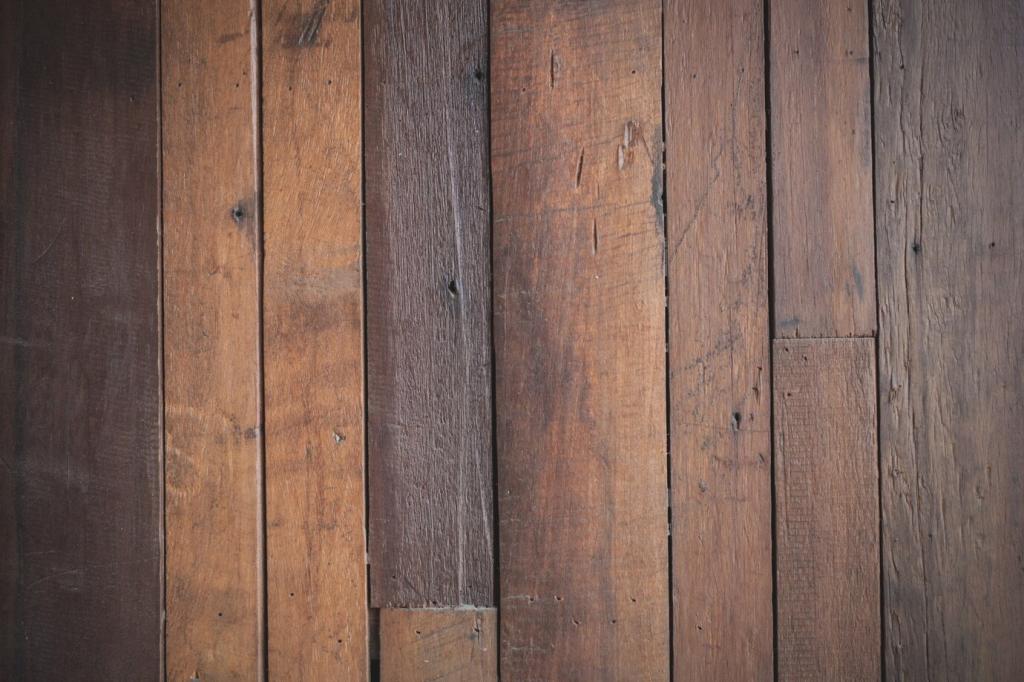Retrofits, Budgets, and First Steps
Rearrange rooms to favor south light, add insulating shades for night, and redirect furniture to expose sunlit floors. Plant a deciduous tree on the southwest corner. Want a weekend checklist? Subscribe and get our printable guide to incremental solar-smart improvements.
Retrofits, Budgets, and First Steps
Air-seal frames, add interior storm panels, and consider exterior shading upgrades before considering replacements. Reflective films and cellular shades can tune performance seasonally. Post your window dimensions and climate; we’ll suggest a prioritized, budget-friendly sequence tailored to your situation.
Retrofits, Budgets, and First Steps
Grab graph paper and sketch your home’s south facade, overhangs, and main rooms. Mark winter sun angles and potential shading. Upload a photo or scan, tag your location, and ask a question. We’ll feature compelling before–after concepts in next month’s subscriber roundup.
Retrofits, Budgets, and First Steps
Lorem ipsum dolor sit amet, consectetur adipiscing elit. Ut elit tellus, luctus nec ullamcorper mattis, pulvinar dapibus leo.






